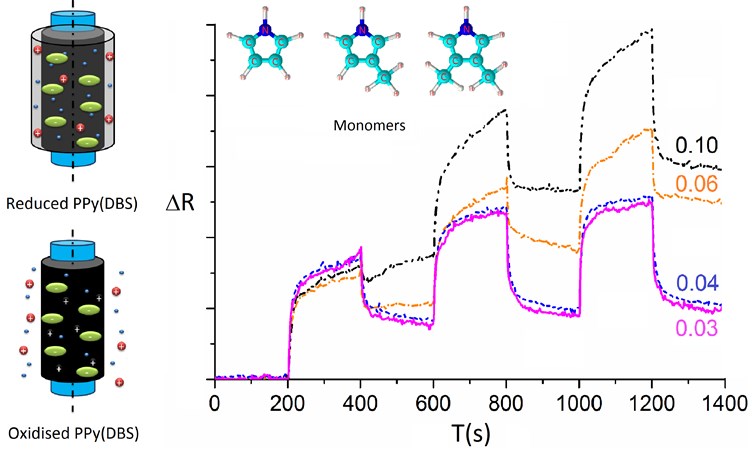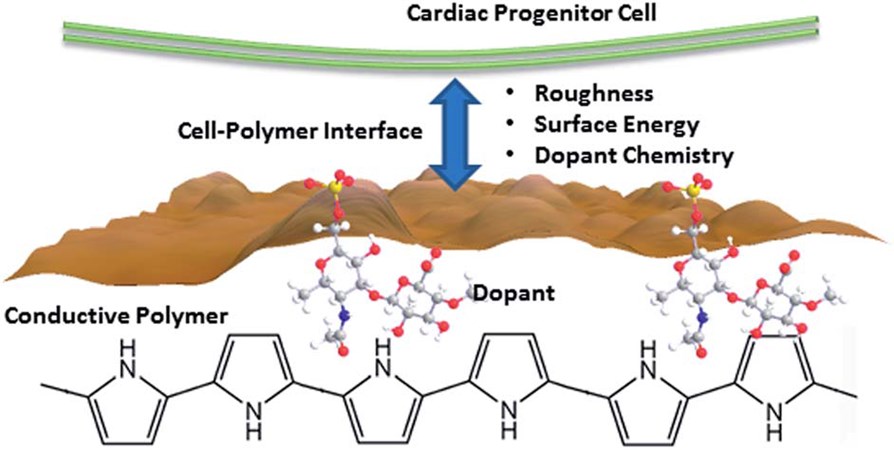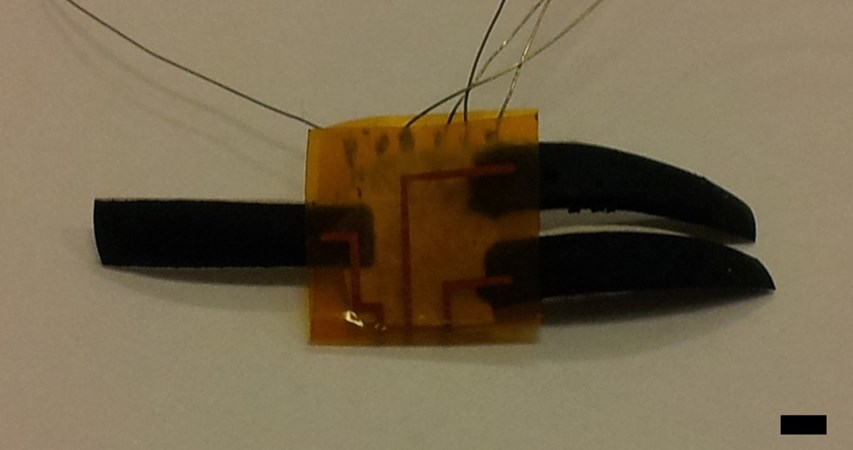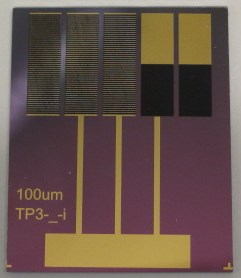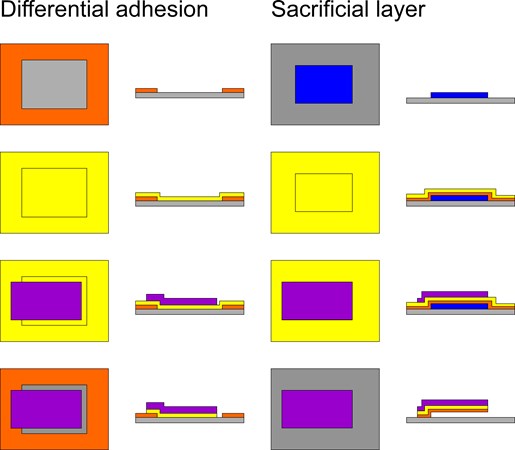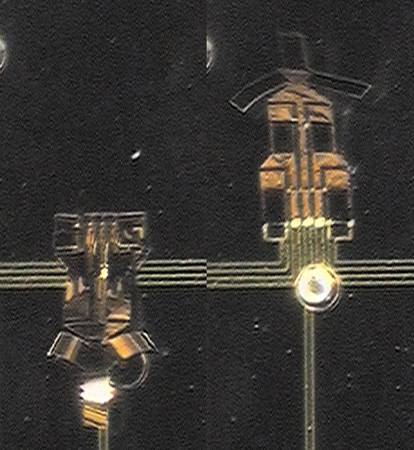Edwin Jager is Professor in Applied Physics. He received his M.Sc.Eng. degree (ir) in Applied Physics at University of Twente, The Netherlands in 1996, specializing in transduction science. In 2001, he received his PhD in Applied Physics at Linköping University, Sweden, and became Docent in 2014. During his PhD-studies, he developed biomedical applications of polypyrrole microactuators, such as a “cell clinic” and a microrobot.
This work was continued in the spin-off company Micromuscle AB, later acquired by Creganna Medical, of which he was a co-founder and where he worked as CTO from 2000 to 2007. Micromuscle commercialized and developed medical applications of the polypyrrole actuator technology in collaboration with large medical device companies.
Thereafter, he returned to academia as assistant professor in the Organic Electronics group at the Department of Science and Technology at the Norrköping campus. In the summer of 2011 he made a transition to the Biosensors and Bioelectronics Centre to assist building up this newly established Centre, where he became associate professor in March 2012. He held a part-time visiting professor position at the University of Wollongong, Australia, 2012 to 2020, collaborating with Prof Gursel Alici and Prof Geoff Spinks at the School of Mechanical, Materials, Mechatronic and Biomedical Engineering. He became full professor in 2023.
In 2013, he received the Junior Faculty Prize for sustainable research environment. He won a prestegious Japan Society for the Promotion of Science fellowship for a research stay in Japan in 2015 and 2017. He was elected vice-president of the European Society of ElectroActive Polymers, EuroEAP, from 2012 to 2022 and was an active member of the society's predecessor the European ESNAM network (European Scientific Network on Artificial Muscles). He leads the research on textile actuators of LiU’s participation in the EU project WEAFING, the national project funded by the Erling-Persson Foundation. collaborating with Assoc Prof Nils-Krister Persson at the Swedish School of Textiles, and coordinates the MSCA-DN SOFTWEAR.
His research interests include electroactive polymers, soft microactuators and microrobotics, bionics, electroactive surfaces and scaffolds, textile actuators; and polymer (micro-)actuators for cellular mechano-biology (mechanotransduction) and medical devices.



